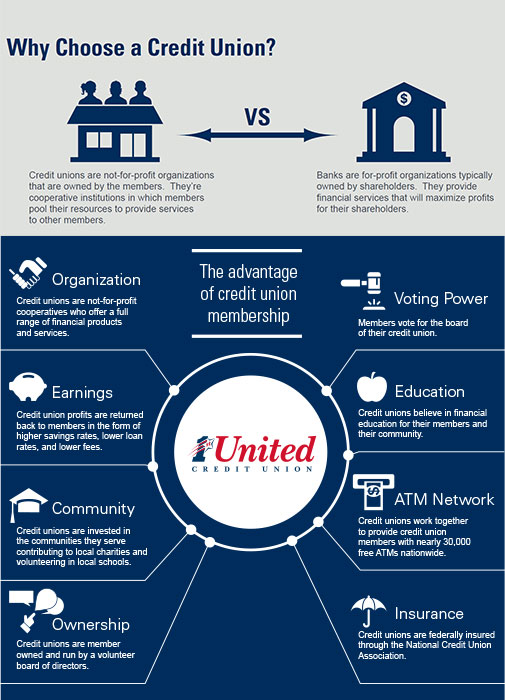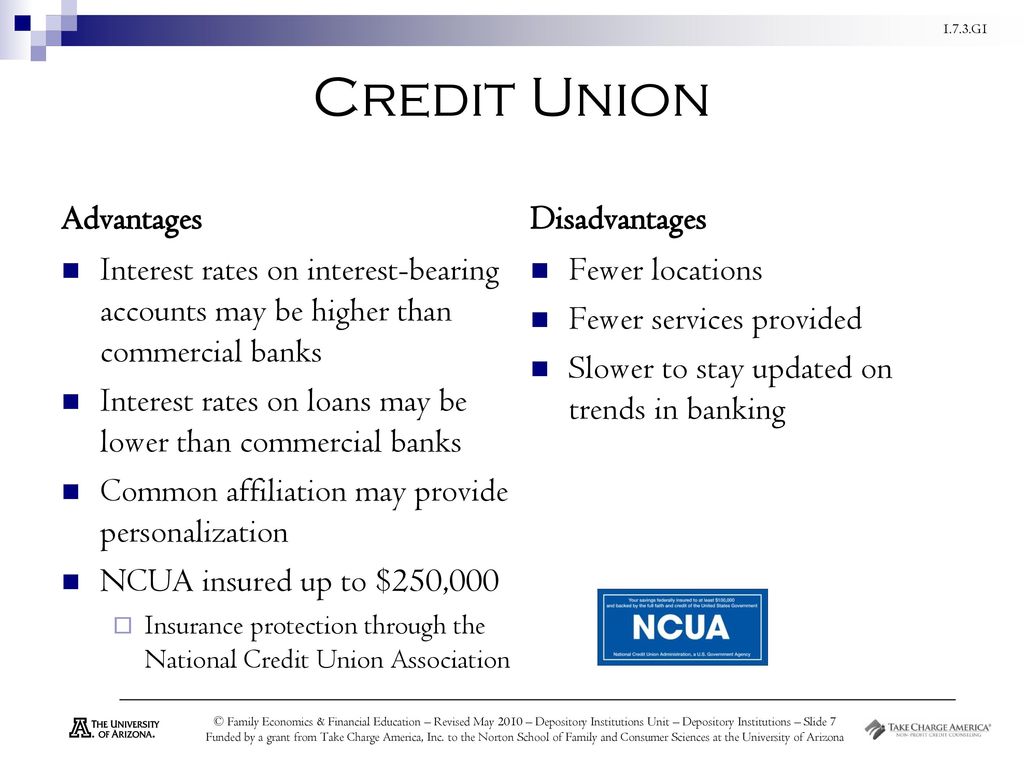Experience the Best of Financial at a Wyoming Credit Union: Your Resident Financial Partner
Experience the Best of Financial at a Wyoming Credit Union: Your Resident Financial Partner
Blog Article
The Ultimate Overview to Comprehending Lending Institution

Credit report unions stand as special financial entities, rooted in concepts of shared assistance and member-driven procedures. Past their foundational values, recognizing the detailed workings of credit report unions entails a deeper exploration. Unwinding the complexities of membership qualification, the advancement of solutions offered, and the distinctive benefits they bring requires a detailed exam. As we navigate with the details of credit unions, an insightful journey awaits to shed light on these member-focused institutions and how they vary from traditional banks.
What Are Cooperative Credit Union?
Credit unions are member-owned financial organizations that offer a variety of financial solutions to their participants. Unlike traditional financial institutions, debt unions operate as not-for-profit companies, indicating their main focus gets on offering their members as opposed to optimizing earnings. Members of a lending institution generally share a typical bond, such as functioning for the very same company, coming from the same neighborhood, or being component of the exact same organization.
Among the crucial advantages of credit report unions is that they typically supply greater rates of interest on interest-bearing accounts and lower rate of interest on financings compared to banks. Wyoming Credit Union. This is since credit history unions are structured to profit their participants directly, enabling them to hand down their profits in the kind of much better rates and fewer fees. In addition, cooperative credit union are understood for their personalized client service, as they focus on developing connections with their participants to understand their distinct economic requirements and objectives
History and Advancement of Cooperative Credit Union
The origins of member-owned monetary cooperatives, recognized today as credit scores unions, trace back to a time when areas sought alternatives to typical financial establishments. The idea of cooperative credit union come from the 19th century in Europe, with Friedrich Wilhelm Raiffeisen commonly credited as the pioneer of the participating banking motion. Raiffeisen started the initial recognized cooperative credit union in Germany in the mid-1800s, highlighting neighborhood support and self-help concepts.
The advancement of lending institution continued in North America, where Alphonse Desjardins developed the first lending institution in Canada in 1900. Soon after, in 1909, the first U.S. cooperative credit union was created in New Hampshire by a group of Franco-American immigrants. These early lending institution run on the basic concepts of common assistance, democratic control, and participant possession.
In time, cooperative credit union have grown in appeal worldwide due to their not-for-profit framework, focus on serving participants, and supplying go to the website affordable economic products and services. Today, lending institution play an important duty in the economic industry, supplying community-oriented and obtainable banking alternatives for services and people alike.

Subscription and Eligibility Standards
Membership at a lending institution is usually restricted to people satisfying particular qualification requirements based on the organization's beginning principles and regulative needs. These requirements commonly include factors such as geographic place, work standing, subscription in particular organizations, or affiliation with details groups. Cooperative credit union are recognized for their community-oriented strategy, which is reflected in their subscription requirements. Wyoming Credit Union. Some credit rating unions may only offer people who work or live in a particular area, while others may be tailored to employees of a specific firm or participants of a particular association.
Additionally, cooperative credit union are structured as not-for-profit organizations, indicating that their key objective is to offer their members rather than generate earnings for shareholders. This concentrate on participant solution usually translates right into more tailored attention, reduced fees, and competitive rates of interest on savings and car loans accounts. By meeting the eligibility criteria and ending up being a participant of a lending institution, people can access a variety of economic products and services tailored to their particular requirements.
Solutions and Products Supplied
One of the essential elements that establishes lending institution apart is the diverse array of financial solutions and items they use to their participants. Credit score unions normally provide standard financial services such as cost savings and inspecting accounts, car loans, and credit score cards. Members can also benefit from investment services, consisting of pension and economic planning support. Many lending institution offer competitive rate of interest rates on interest-bearing accounts and financings, in Click This Link addition to lower charges contrasted to traditional banks.
Furthermore, lending institution typically give convenient online and mobile financial alternatives for participants to quickly handle their finances. They may supply perks such as shared branching, permitting participants to access their accounts at various other lending institution throughout the nation. Some cooperative credit union also supply insurance policy products like auto, home, and life insurance to help participants protect their possessions and enjoyed ones.

Benefits of Financial With Credit History Unions
When taking into consideration economic institutions, discovering the advantages of financial with credit rating unions discloses one-of-a-kind advantages for members seeking individualized service and affordable prices. Unlike large financial institutions, debt unions are member-owned and prioritize structure strong relationships with their participants. Generally, financial with a debt union can offer an extra tailored, economical, and member-centric economic experience.
Verdict
In conclusion, credit rating unions stand out as member-owned economic institutions that prioritize serving their members over optimizing revenues. With origins dating back to 19th century Europe, debt unions follow principles of common aid and member possession.
Credit rating unions are member-owned financial organizations that provide an array of banking solutions to their members. The idea of credit rating unions come from in the 19th century in Europe, with Friedrich Wilhelm Raiffeisen often credited as the leader of the participating financial activity.The advancement of credit rating unions continued in North America, where Alphonse Desjardins developed the very first credit report union in Canada in 1900. Credit rating unions generally provide conventional financial advice solutions such as savings and examining accounts, finances, and debt cards.When considering economic establishments, discovering the benefits of banking with credit rating unions discloses special benefits for participants seeking individualized solution and competitive prices.
Report this page